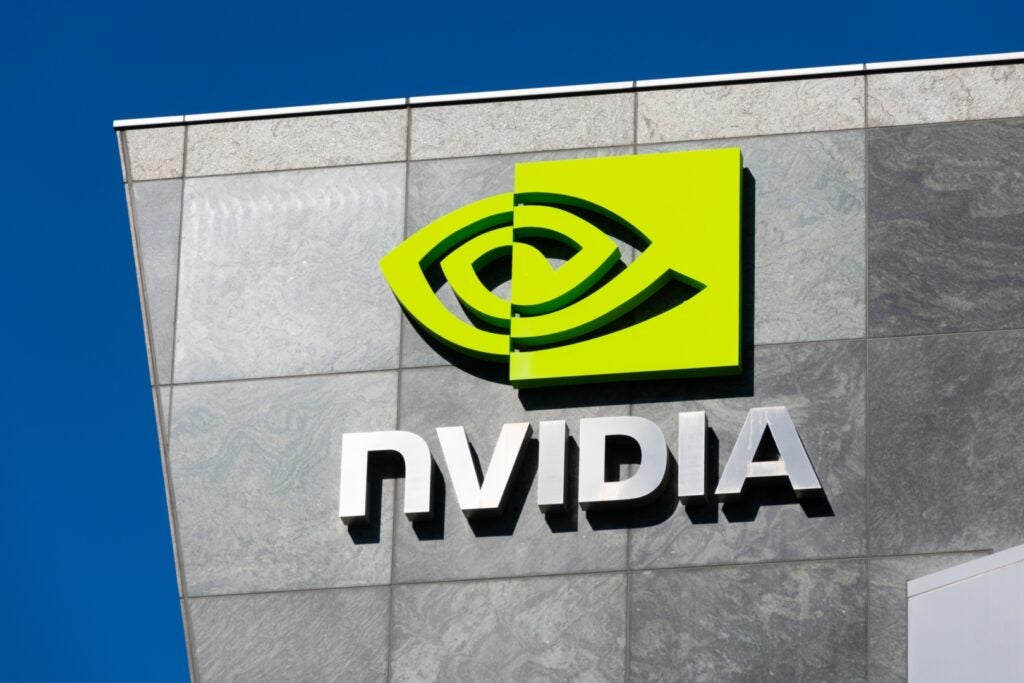
Did Nvidia Inflate Q2 Results? Analyst Says ‘Don’t Get Your Investment Thesis From Twitter Randos’ – NVIDIA (NASDAQ:NVDA)
AI stalwart Nvidia Corp. NVDA was the subject of a conspiracy theory floated around by social media users, who suggested that much of Nvidia’s second-quarter revenue came from the sales of GPUs to CoreWeave, in which the chipmaker is a strategic investor.
A note from Bernstein analyst Stacy Rasgon on Wednesday slammed the accusations and defended Nvidia.
What Happened: Several social media users raised suspicion over Nvidia’s revenue more than doubling in the second quarter, even as cost of goods sold rose only 7%. They also cried foul over Nvidia’s $100 million investment in CoreWeave this year. Incidentally, the latter raised $2.3 billion in debt from Magnetar Capital and Blackstone in August by pledging its Nvidia chips as collateral.
Commenting on the development, Rasgon said, “Please don’t get your investment thesis from Twitter randos,” Business Insider reported.
Nvidia-CoreWeave Nexus: “Beyond somewhat hilariously confusing ‘Blackstone’ with ‘Blackrock’ during the process, this is also nonsense. Nvidia did not need help from CoreWeave (or anyone) to juice the quarter (their products are all on allocation), and the [CoreWeave] debt facility was announced August 3 (after the quarter was completed) with the release suggesting deployment has likely not happened yet,” Rasgon reportedly said.
The analyst also justified Nvidia’s interest in CoreWeave. “As companies like CoreWeave build businesses based on NVIDIA GPUs, it is in NVIDIA’s interest to see them succeed given their presence offers a counter to the threat of bigger Cloud Service Providers developing their own internal AI offerings,” he said.
See Also: Best Technology Stocks Right Now
Charges Explain Anomaly: Bernstein noted that the mismatch between revenue growth and cost of goods growth is explained by the charges Nvidia incurred a year ago.
“The company took $1.34B in charges (~$1.22B in inventory reserves and $122M in warranty reserves) that ran through cost of goods sold in the year-ago quarter,” Rasgon said.
Excluding charges, Nvidia’s cost of goods actually increased by about 70% year-over-year, he said. A 101% increase in revenue and a nearly 76% incremental gross margin are entirely normal, given the strength in datacenter, he added.
Rasgon has an “Outperform” rating and $675 price target for Nvidia stock.
Nvidia ended Friday’s session down 1.45% at $455.72, according to Benzinga Pro data. The stock has gained about 212% year-to-date.
Read Next: Cathie Wood-run Ark’s Nvidia Stake Dwindles Further As The Firm Offloads About $10M Worth Of Shares
Photo: Shutterstock

